Blyxa japonica
Scientific name: Blyxa japonica
Family: Hydrocharitaceae
Usual maximum size in aquariums: 5 - 15 cm (1.97 - 5.91 inch)
014
Recommended pH range for the species: 5 - 7
Recommended water hardness (dGH): 2 - 12°N (35.71 - 214.29ppm)
0°C 32°F30°C 86°F
Recommended temperature: 23 - 27 °C (73.4 - 80.6°F)
Reproduction of the plant: Lateral shoots
Origin (in the wild): East Asia
How fast these plants grow: Normal
Recommended substrate: Fine gravel
Demands on lighting: Bright
Ideal placement in a fish tank: Middle
Common Name
Blyxa japonica
Origin
Eastern Asia; they are found in shallow pools and marshes as well as forest streams in tropical Asia.
Lighting Requirements
Bright, higher lighting levels will produce deeper colours in the leaves. If you wish to keep the green colouration under higher lighting levels the addition of an iron supplement will help with this otherwise a reddy/golden colouration will develop in the leaves.
Propagation
This Blyxa is extremely easy to propagate, it will develop basal shoots which develop into miniature plants in their own right. It is simply a matter of pulling these side shoots away from the mother plant and securing then into the substrate, a root system will quickly develop. They are very buoyant so a little lead weighting may assist in keeping them secure initially. After a few weeks, even the side shoots that have been re-planted should show root systems on various stems allowing you to split them yet again to produce even more juvenile plants.
Difficulty
Medium; they can be difficult to grow if not given the right conditions.
Short Description
This plant has become very popular recently, especially in the hobby of aquascaping planted tanks but their greatest popularity was when they were first introduced to the hobby in the early 1900’s. They resemble a grass, sometimes they are referred to as the bamboo plant but this description can be misleading, but they are not. CO2 injection will definitely help in their growth as well as bright lighting and plenty of nutrients in the water. If conditions are met they will produce leaves with a reddish hue and are small and compact, if they are lacking in their requirements, they will develop into tall lanky plants with no strength, their colouration will also take on a duller green tone. Blyxa japonica makes for a great midground plant, too tall for the foreground and not tall enough for the background if you wish to balance the foliage in the aquarium.
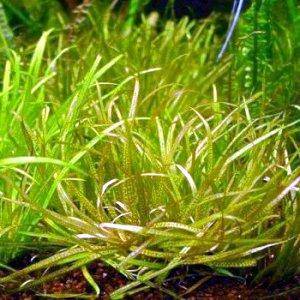
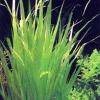 Blyxa aubertii
Blyxa aubertii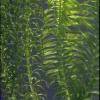 Egeria densa
Egeria densa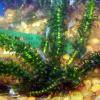 Elodea canadensis
Elodea canadensis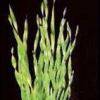 Vallisneria asiatica
Vallisneria asiatica Vallisneria contortionist
Vallisneria contortionist Vallisneria gigantea
Vallisneria gigantea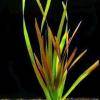 Vallisneria rubra
Vallisneria rubra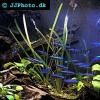 Vallisneria spiralis
Vallisneria spiralis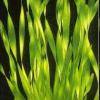 Vallisneria torta
Vallisneria torta